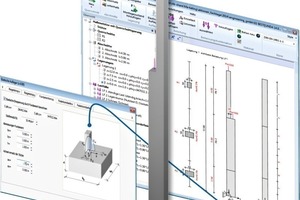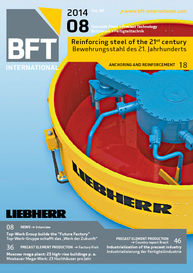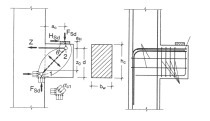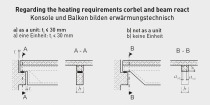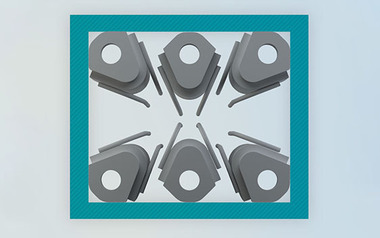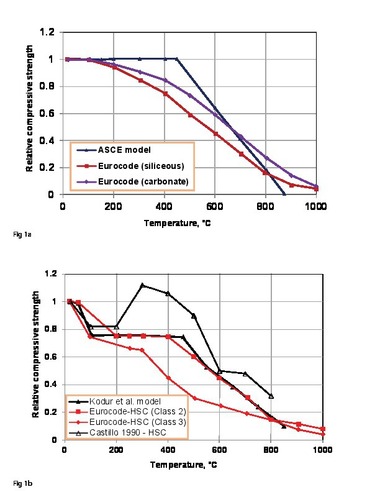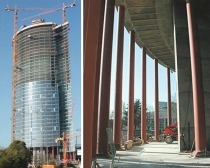BEST column program with new software ergonomics
Technologically advanced and sophisticated design software is a prerequisite for efficient work in structural engineering, as it is demonstrated by the experience made with applying European standards that are well-established in Germany in the meantime. In this regard, non-linear calculation approaches and complex component verifications of highly utilized reinforced-concrete columns require particularly elaborate user guidance. The RIB Group has recently provided the design program for the calculation of reinforced-concrete columns with a new environment, thus allowing for a completely new kind of working with the classical software BEST.
Simplified intuitive user guidance
An intuitive user guidance now simplifies the calculation of reinforced-concrete columns, in particular, by means of automatisms for generating and processing of non-linear load case combinations. The requirements for non-linear calculations of reinforced-concrete columns according to second order theory taking effective stiffnesses in state II (cracked state) into account, as well as a biaxial bending with normal force and various assembly stages may entail complex input parameters in the software application in individual cases. Complexity may be even more increased by various design situations, designing in the cold state (at normal temperature) as well as for the load case fire or stepped cross-sections and reinforcement sections. The new user environment has been optimized, in particular, for these additional challenges, now providing for system processing and column design in a transparent and efficient way.
BEST statics solution changed
In addition to this, RIB Software AG has changed the BEST statics solution to clearly arranged ribbon menus, a quick access toolbar, property tables and interactive graphics windows. Further features are, for example, the possibility of a free program configuration, the separate language selection for input and output as well as additional functions for the determination of elastic restraint in base sections and cross members. Now, column design is calculated in one computing step, while considering permanent, extraordinary situations as well as earthquake loads.
The software package, moreover, includes further optimizations for fire protection verification and design for the load case fire.

